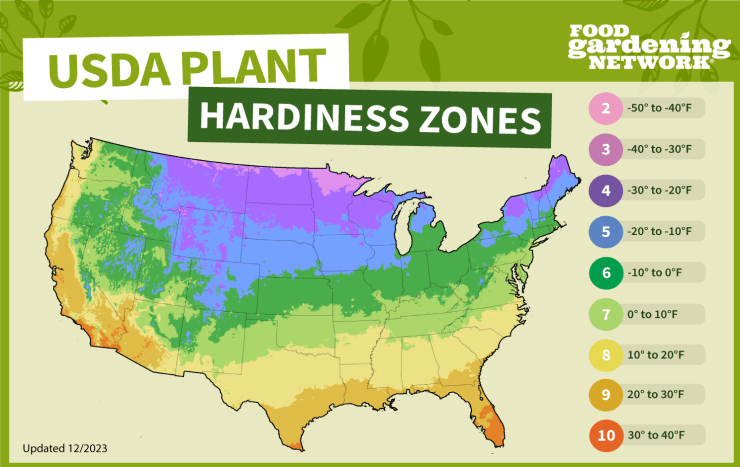Sage (Salvia officinalis) is a perennial herb that is relatively easy to grow. It is hardy in USDA Plant Hardiness Zones 4 to 10. Here are examples of U.S. states in each growing zone where sage can be grown:
Zone 4: Some states in this zone are:
- Montana
- North Dakota
- Minnesota
- Maine
- Parts of Michigan
- Parts of Wisconsin
Zone 5: Some states in this zone are:
- Iowa
- Illinois
- Indiana
- Ohio
- Pennsylvania
- New York
- Massachusetts
- Parts of Michigan
- Parts of Wisconsin
Zone 6: Some states in this zone are:
- Delaware
- Kansas
- Kentucky
- Maryland
- Missouri
- Nebraska
- New Jersey
- Tennessee
- Virginia
- West Virginia
- Parts of Illinois
- Parts of Indiana
Zone 7: Some states in this zone are:
- Alabama
- Arkansas
- Georgia
- Louisiana
- Mississippi
- North Carolina
- Oklahoma
- South Carolina
- Tennessee
- Parts of Florida
- Parts of Texas
Zone 8: Some states in this zone are:
- Arizona
- New Mexico
- Utah
- Parts of California
- Parts of Texas
Zone 9: Some states in this zone are:
- Arizona
- Southern California
Zone 10: Some states in this zone are:
- California
- Florida
- Hawaii
Sage can be grown indoors during the winter months with proper care. Sage needs six to eight hours of full sun daily. If your sunny window does not provide this much daily sun, use fluorescent lighting when growing sage indoors. A double fluorescent tube mounted under a countertop can provide the perfect spot for sage in containers. For every hour of sunlight required, give sage growing indoors two hours under the light. Place the potted herb at least 5 inches from the light but no further away than 15 inches.
Sage likes a sandy or loamy soil with good drainage. Water as needed but let the top inch of soil dry out between waterings.



 Previous
Previous

